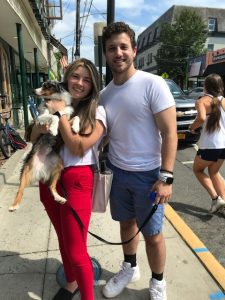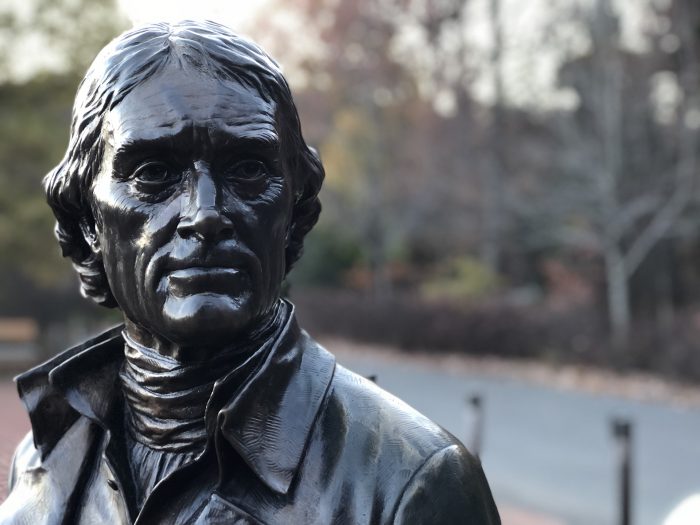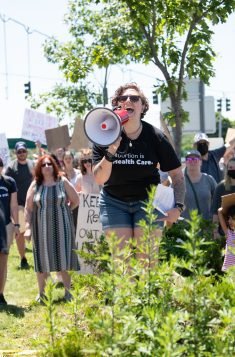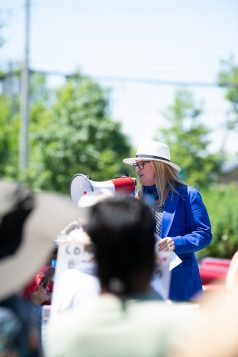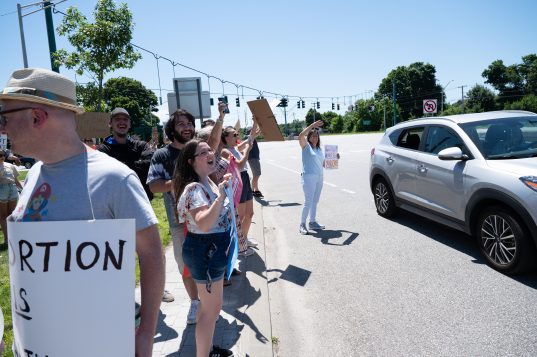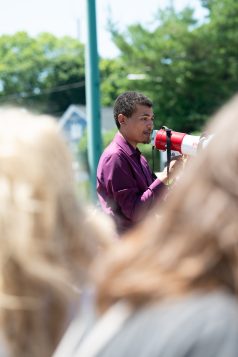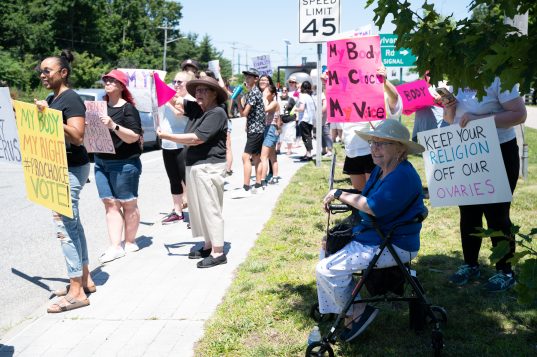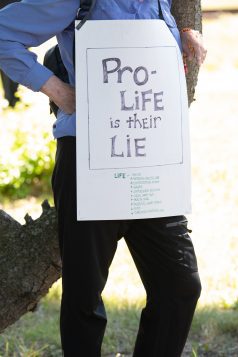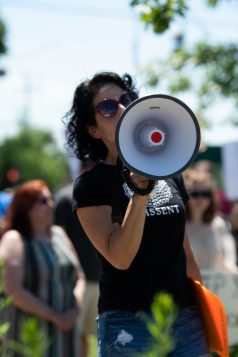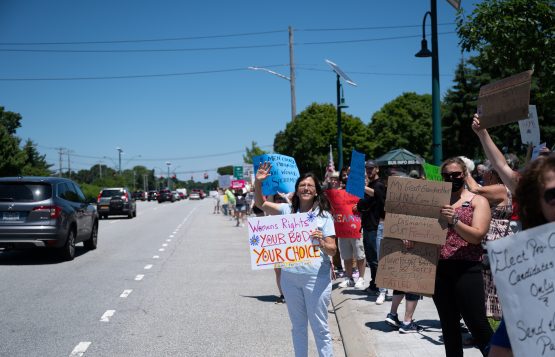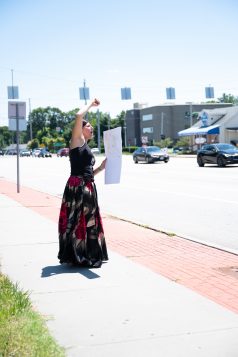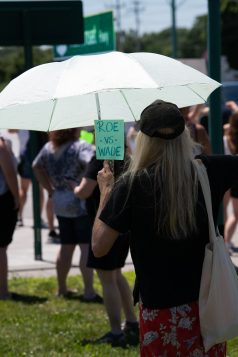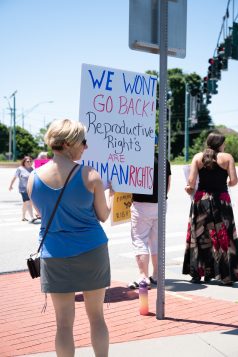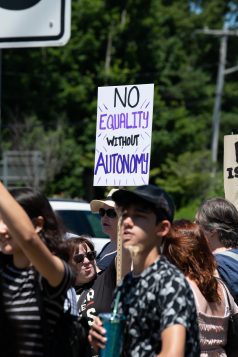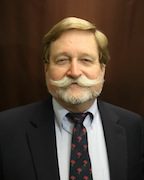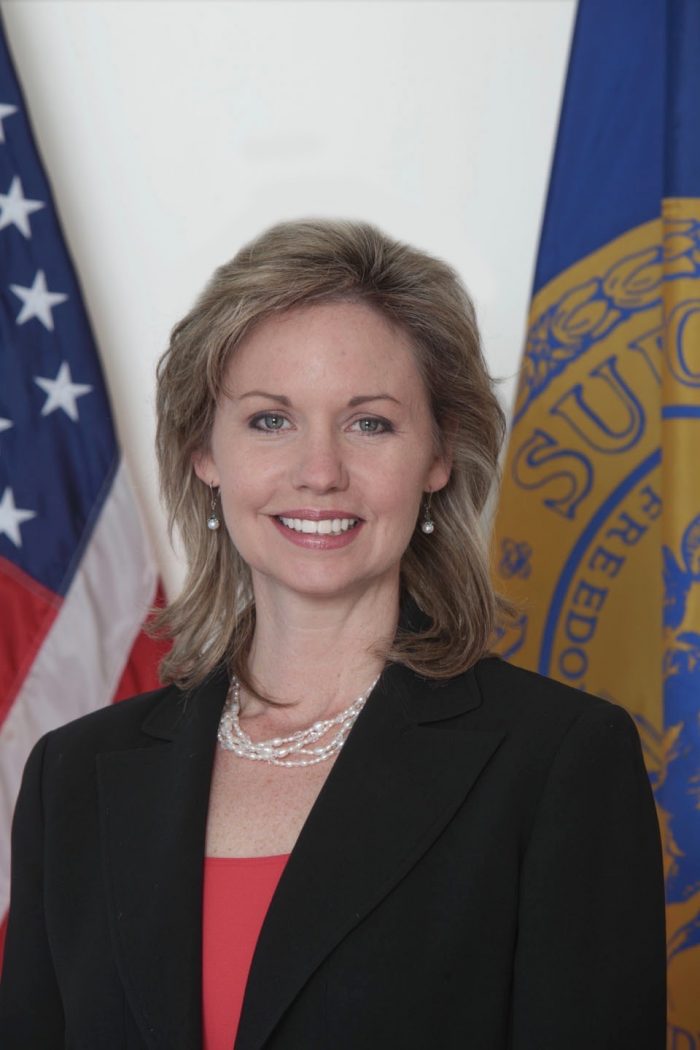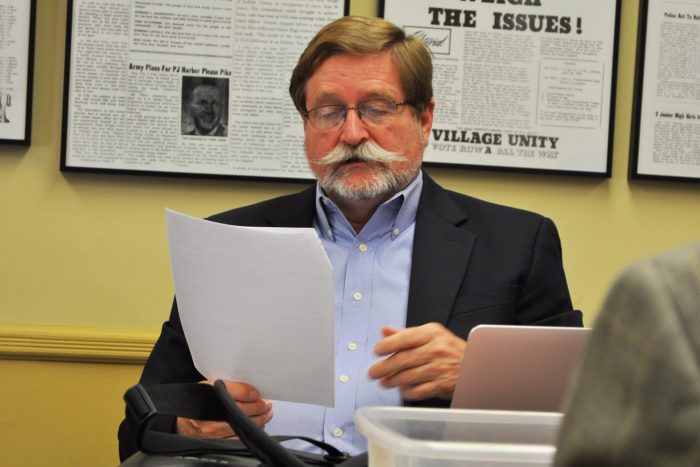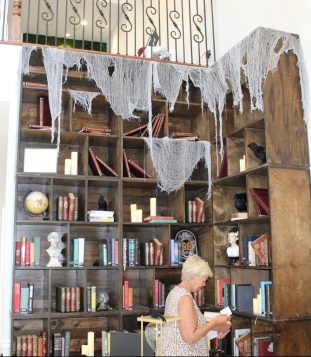Independence Day is upon us.
As we prepare for Fourth of July festivities, it is important that we keep in mind what this day celebrates: The signing of the Declaration of Independence, primarily authored by Thomas Jefferson, whose legacy continually evolves.
Jefferson was born April 13, 1743, in Shadwell in the Colony of Virginia into a privileged family supported by the labor of slaves.
His father was a planter and a surveyor. Jefferson later inherited his father’s land and slaves and began a lifelong project to construct his well-known estate, Monticello. But Jefferson was destined for a higher calling and was thrust into public life, where he would shape the course of American history.
The American revolutionary penman
Jefferson was a tall young man, but also awkward and reserved. He demonstrated, however, an early penchant for writing, a skill that served him well as he climbed the ranks of the Virginia House of Burgesses and later the Continental Congress.
Colonial leaders quickly grasped Jefferson’s compositional brilliance, but also observed he said very little. John Adams, who had worked closely with Jefferson in the Continental Congress, once said, “During the whole time I sat with him in Congress, I never heard him utter three sentences together.” Jefferson was a man of the written — not spoken — word.
While serving in Congress in 1776, Jefferson captured the spirit of his era and produced the Declaration of Independence, a radical pronouncement of America’s uniqueness from the rest of the world, justifying why it was necessary for the 13 American colonies to break off from Great Britain.
Jefferson wrote, “We hold these truths to be self-evident, that all men are created equal, that they are endowed by their Creator with certain unalienable Rights, that among these are Life, Liberty and the pursuit of Happiness.”
Millennia of human conflict and conquest had emphasized man’s separateness in the eyes of his fellow man. America is the only society in history predicated on the notion of human equality, the only place on Earth that had the audacity to proclaim that humans can harmoniously coexist regardless of their religion or race or ethnic background or any other criterion.
While Jefferson presented Americans this challenge, it is worth noting that he did not embody the ideals of the Declaration in his own life. Jefferson was a slaveholder, his place in society secured by the labor of slaves.
As we reflect upon the Declaration, it is questionable whether its author even believed in its principles. Despite the conflict between his head and his heart, Jefferson’s words impact us to this day.
Inspiring generations on Long Island
Jefferson’s patriotic fervor was felt undoubtedly here on Long Island. Most notably, the great Long Island patriot William Floyd had joined the revolutionary cause, becoming the only Suffolk County resident to sign the Declaration of Independence. Floyd served in the Suffolk County Militia and was a representative to the Continental Congress. He risked his life and property to resist British authority.
Setauket native Maj. Benjamin Tallmadge is another local hero of the American Revolution. Tallmadge is best known for his reconnaissance efforts, collecting information from the Setauket Culper Spy Ring.
During a daring raid in 1780, Tallmadge landed near Cedar Beach in Mount Sinai with a contingent of American soldiers. Undetected, they marched to Smith’s Point, attacked, and took this British supply base at Carmans River and the Great South Bay. Under orders from Gen. George Washington, Tallmadge destroyed large quantities of hay that was stored in Coram.
Floyd and Tallmadge are just two of the many local examples of service and sacrifice that occurred on Long Island during the revolutionary period. These figures fought to form a new nation, a nation that was first articulated by Jefferson.
Tour of Long Island
The first administration of the United States was headquartered in New York City, not far from Long Island. For this reason Jefferson, Washington and James Madison all visited the local area, a place that had sacrificed much and contributed greatly to the independence movement.
Jefferson and Madison traveled extensively throughout New York state and New England, eager to meet their new countrymen. Both leaders stayed in Center Moriches, where they met with Floyd near his estate. All his life, Jefferson had an unquenchable thirst for knowledge. Intrigued by the various Native American dialects and cultures, he met with several tribes in eastern Long Island.
Jefferson notably encountered the Unkechaug [Patchogue] Indian Nation. Because most of this tribe spoke English, Jefferson successfully transcribed many parts of their language. His research has helped keep alive cultural studies into one of the two remaining Native American groups here on Long Island today.
From Drowned Meadow to Port Jefferson
Jefferson’s influence can also be felt through the history of Port Jefferson, formerly known as Drowned Meadow. This now-bustling village was first settled in 1682, located within the heart of Suffolk County and the Town of Brookhaven. In 1836, the people of Drowned Meadow renamed their community in Jefferson’s honor.
During his address to Congress in 1806, Jefferson highlighted the importance of connecting the United States through infrastructure programs. He said that “new channels of communication will be opened between the States; the lines of separation will disappear, their interests will be identified, and their union cemented by new and indissoluble ties.”
Port Jefferson has always been known for the industriousness of its people, as a productive and forward-looking community. Look no further than its shipbuilding history or The Bridgeport & Port Jefferson Ferry to see how infrastructure investments from the past keep us connected to this day.
Port Jefferson is one of 30 towns and counties across the United States that have been named in Jefferson’s honor. Jefferson surely appreciated Long Island — its natural beauty, its indigenous cultures and the local patriots who provided necessary intelligence to gain tactical advantages over the British forces.
This Fourth of July, as residents and visitors enjoy fireworks shooting above Port Jefferson Harbor, they should remember their own place in history and the figure in history whose name their community bears today.
Rich Acritelli is a history teacher at Rocky Point High School and adjunct professor at Suffolk County Community College.
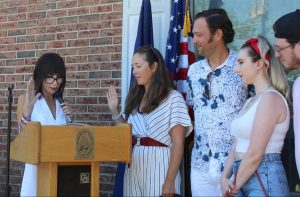


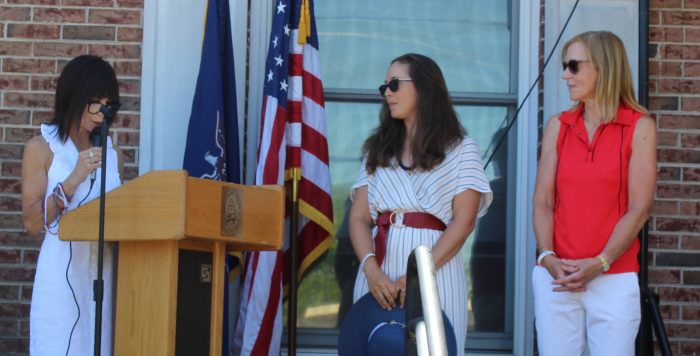


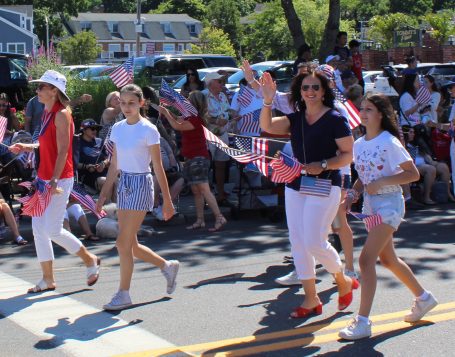



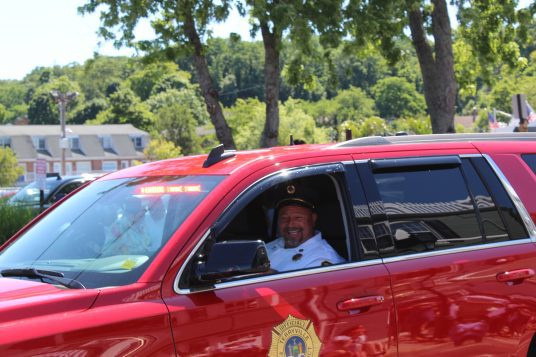





 Joseph Papalia,
Joseph Papalia, Caroline Santonocito, Ridge
Caroline Santonocito, Ridge Toni Ross,
Toni Ross, Chris Devault,
Chris Devault,